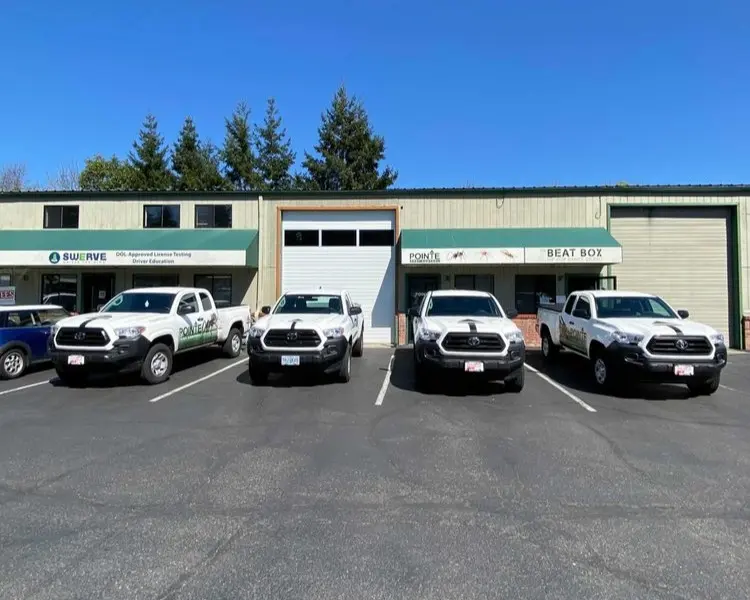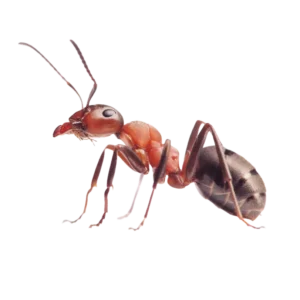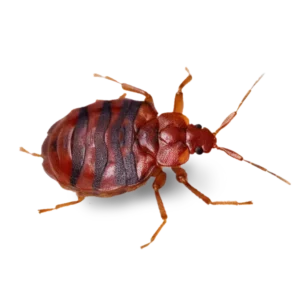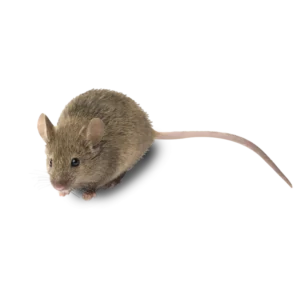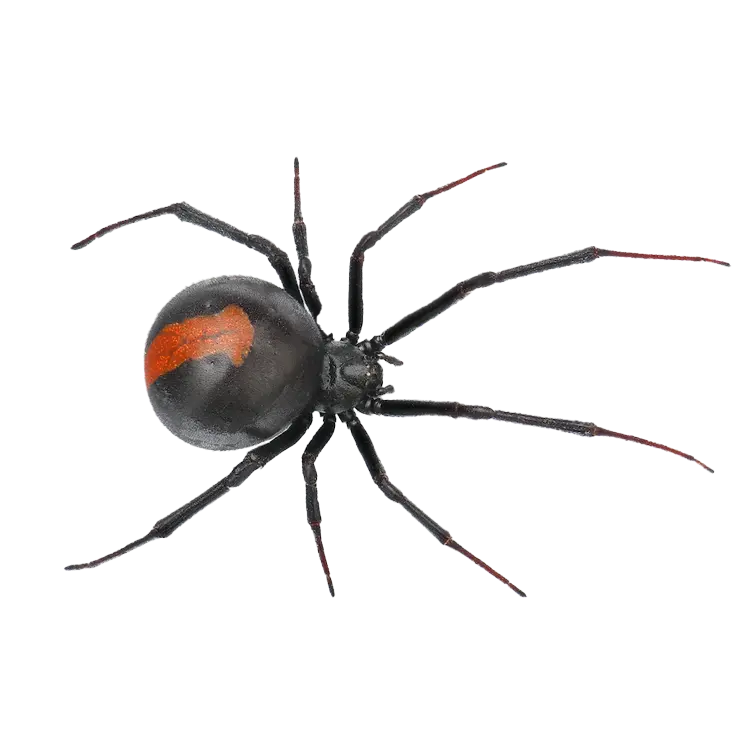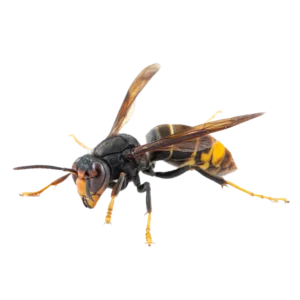Tumwater Bed Bug Removal Experts
Bed bugs can be one of the most unpleasant insects you encounter. In addition to leaving incredibly itchy bites, they carry diseases. Infestations can get out of control and spread between bedrooms and the rest of your home.
Bed bugs are known to be one of the most difficult bugs to exterminate. They hide their eggs well and without the right tools you may kill the adults, yet their eggs may still hatch leading you to another wave of bites and frustration.
If you or someone in your household has bed bug bites it’s time to call for bed bug control in Tumwater, WA. Our team of professionals has all the training and tools to rid your home of these invasive pests.
How To Identify a Bed Bug Infestation
It can be hard to tell if you have a bed bug infestation. You may have trouble distinguishing bed bug bites from mosquito bites, and spider bites. Their eggs are difficult to find.
What Does A Bed Bug Look Like?
- Fully grown adult bed bugs can be seen with the naked eye. They are about the size of an apple seed, brownish red, and do not have wings.
- Juvenile bed bugs are smaller and often have a yellowish-white color and are translucent. This can make them difficult to spot
- Newly hatched bed bugs are by far the most difficult to see. They are so tiny that they are nearly impossible to see unless they have recently fed on blood or are moving.
If they have fed they can bloat and look more like a torpedo shape. If they have not eaten they tend to look flat. You may also notice skins and shells in the thousands in various sizes. As they grow they shed their skins much like snakes.
What Do Bed Bug Eggs Look Like?
Bed bug eggs are even harder to see than hatched bugs. They are about the size of the head of a needle. They are pearl white in color and you may be able to see eyespots if they are over 5 days old.
Where Do Bed Bugs Live?
Bed bugs are often found close to humans. They stay close to their food sources and hide where we spend a lot of our time. Common places to find bed bugs include:
- Headboards
- Mattress Seams
- Purses, backpacks, or other personal items
- Along junctions between walls and ceilings
- Hiding around the baseboards
- Electrical outlets
- Upholstered furniture
- Picture frames and wall art
Bed Bug Fecal Spots
Catching bed bugs out during the day can be a tall order for homeowners. One way you can identify an infestation is to look for fecal spots. Bed bugs must excrete water from our blood quickly, so it can be easier to see the signs of bed bugs than to find them. Look for black spots on your bed frame and mattress.

